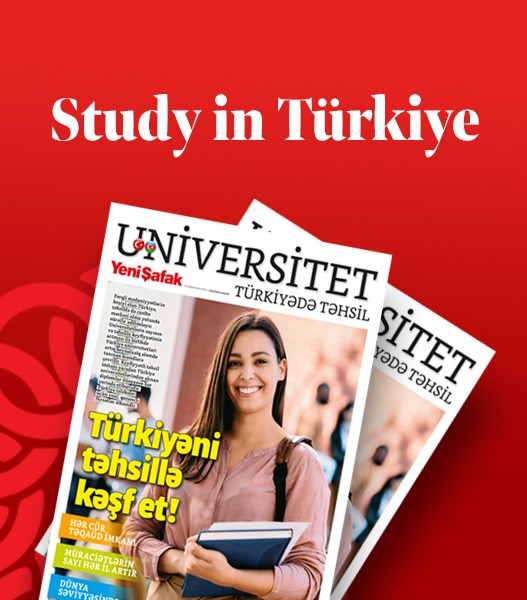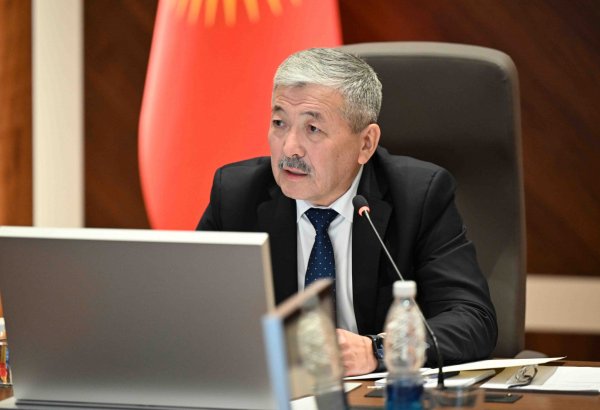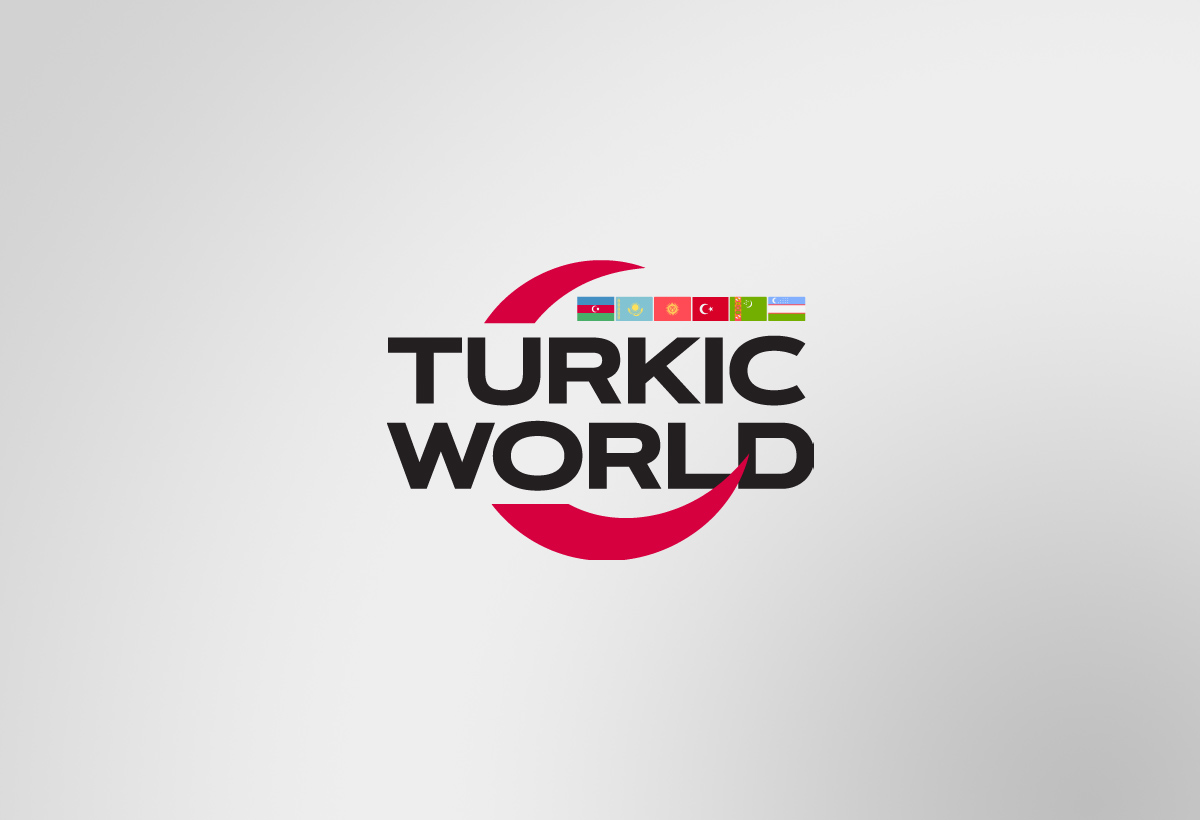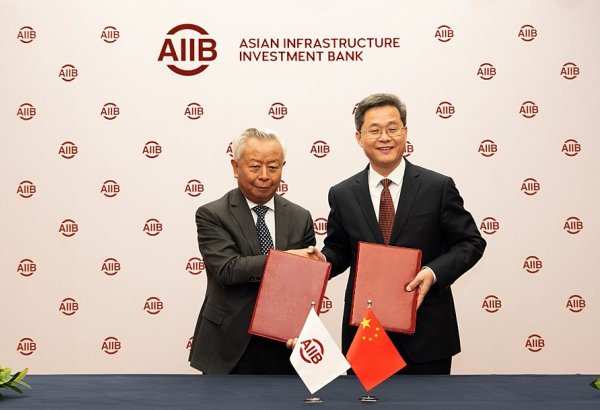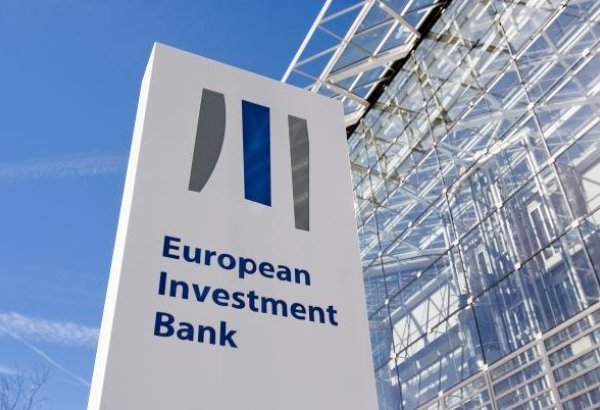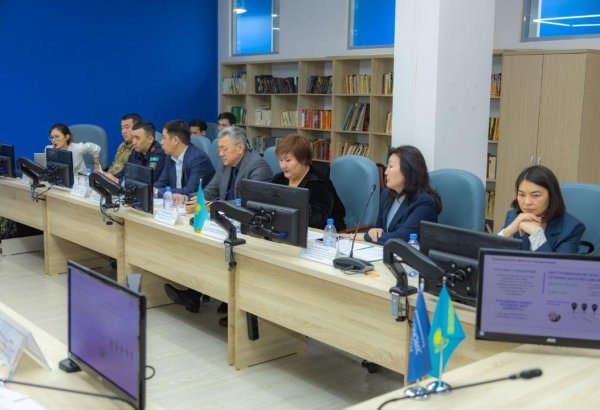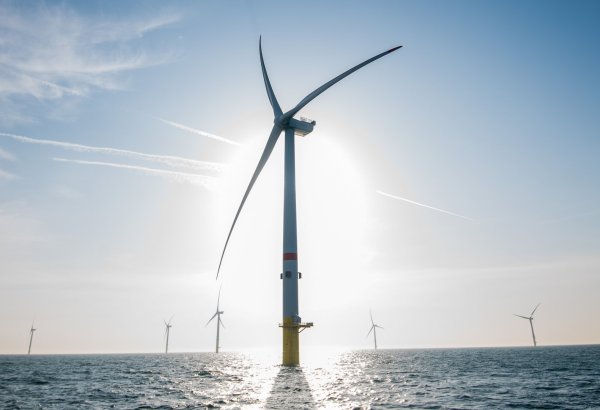BAKU, Azerbaijan, June 10. The development of the Middle Corridor offers several advantages in terms of speed, lower CO2 emissions, and supply diversification in times of crisis, Belgian Ambassador to Azerbaijan Michel Peetermans told TurkicWorld.
"The development of the Middle Corridor, primarily through land transport (excluding the Caspian crossing), contributes to the diversification of international routes. While trade between EU countries and China is mainly conducted by sea from Pacific ports, routing some goods through Central Asian and Caucasian countries can offer various advantages in terms of speed, lower CO2 emissions, and supply diversification in times of crisis," the ambassador emphasized.
In addition to capitalizing on their strategic locations, the Caucasian and Central Asian nations can use the Middle Corridor to attract investment and generate employment opportunities, as pointed out by Peetermans.
"To achieve this goal, it is necessary to work on improving physical infrastructure as well as facilitating border crossings through administrative simplification and harmonization of regulations," he stressed.
The ambassador also added that Belgium itself is a communication hub in the center of the European Union and has a highly developed transport and logistics network, including the ports of Antwerp and Zeebrugge, which have formed a single entity for several years.
The Middle Corridor is a transportation and trade route that connects Asia and Europe, passing through several countries in the region. It is an alternative route to the traditional Northern Corridor and Southern Corridor.
The route starts in China and crosses Central Asian countries such as Kazakhstan, Uzbekistan, and Turkmenistan. It then passes through the Caspian Sea, Azerbaijan, Georgia, and Türkiye before reaching Europe.
The Middle Corridor offers a land route that connects the eastern parts of Asia, including China, with Europe, bypassing the longer maritime routes.









